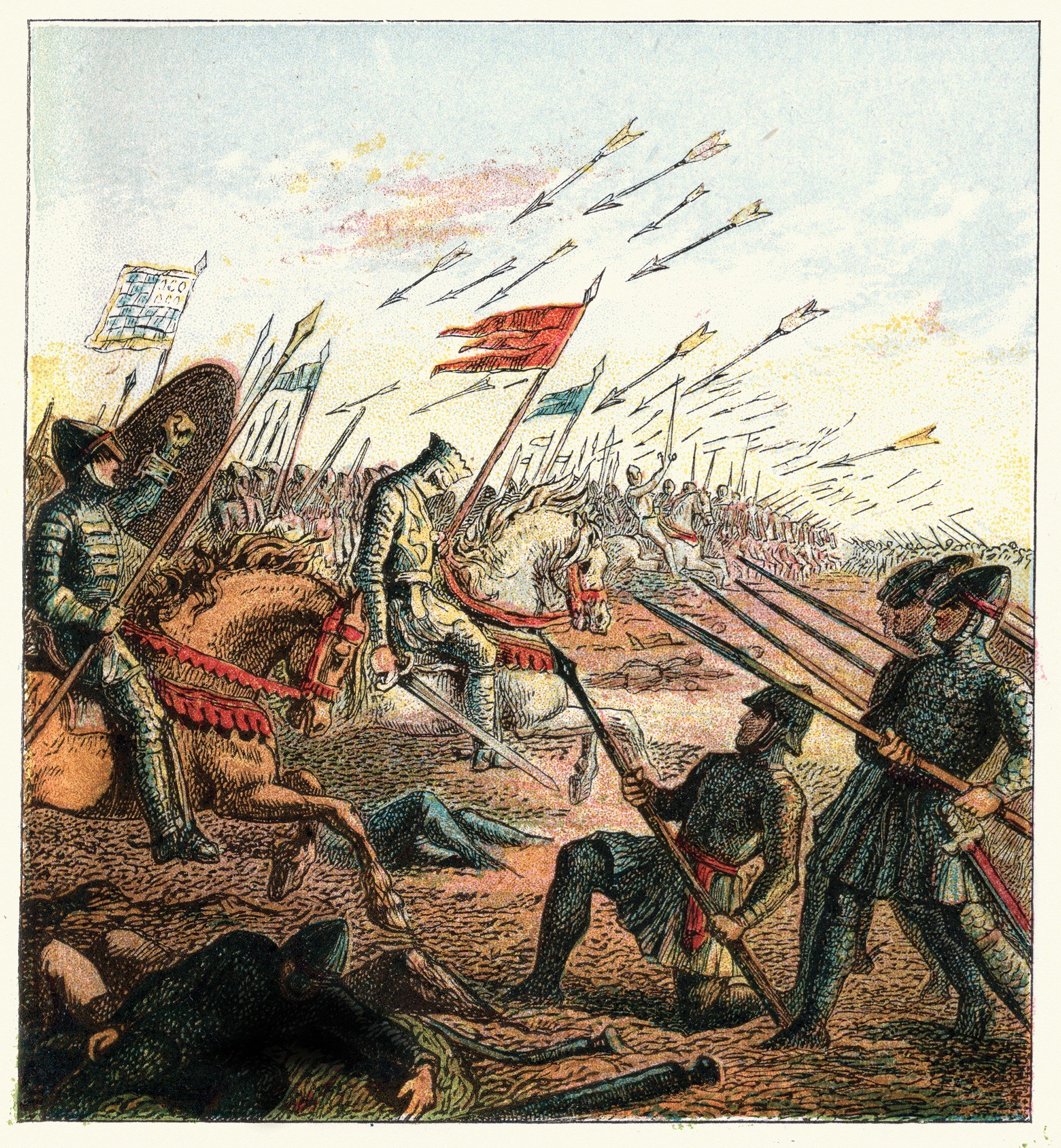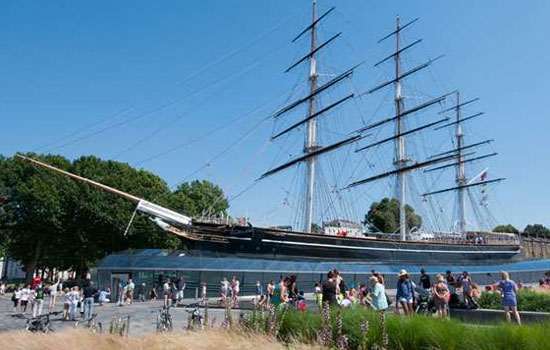The Battle of Hastings
The year 1066 is the most famous date in English history. Everyone knows that the Normans defeated the English at the Battle of Hastings but what is the true story of William the Conqueror's victory?
The Norman Conquest was not a single battle or event - 1066 was the start of a vast upheaval, played out over 20 years.
The Normans first landed at Pevensey on the Sussex coast on 28 September 1066. At the time, the English king, Harold II, was in the north of England defeating the invading Norwegian king Harald Hardrada. He rushed south with only a portion of his forces. His haste may have contributed to his defeat in the Battle of Hastings on 14 October.
After the death of Harold himself, English resistance crumbled. William later founded Battle Abbey as penance for the blood shed in victory.
The English Submit (1066-67)
After the battle, William marched north, up the Thames Valley. The Normans crossed the river at Wallingford, where Stigand, the Archbishop of Canterbury, met William and paid homage.
Around the beginning of December, most other English leaders made their submission to William at Berkhampsted in Hertfordshire, where William later founded a castle.
On Christmas Day 1066, William was crowned King of England at Westminster Abbey. Resistance seemed to have ended and William was needed in Normandy. He left England in March 1067, leaving his half-brother Odo, Bishop of Bayeux, in charge.
Up to this point, William probably envisaged that his regime would be an Anglo-Norman collaboration. Only those who had fought for Harold at Hastings were regarded as rebels and deprived of their lands.
Rebellion, Suppression and Savagery (1067/72)
English resistance flared up in the summer of 1067 in Kent, the Midlands and the south-west. But those taking part had no way of coordinating their actions and, when William returned to England in December 1067, he was able to pick the local rebellions off one by one.
The worst of these clashes centred on York, where William had ordered two castles to be built in 1068. Clifford's Tower now sits on top of the motte of the most important of these castles. The castle was taken by the English rebels, who were quashed by William in 1069.
To prevent further uprisings, his army carried out the brutal Harrying of the North in 1069-70. William's soldiers assaulted villages in Yorkshire, murdering much of the adult male population, burning houses and driving the surviving inhabitants into the wilderness. By 1072 all the English rebellions were crushed and William left for Normandy.
Consolidation and Reconstruction (1072-86)
Following the rebellions, most English landowners were dispossessed. To protect William's hated followers, the Normans built hundreds of motte-and-bailey castles. Deddington Castle in Oxfordshire remains a rare example of an unaltered motte-and-bailey.
The county town of Wiltshire was moved to Old Sarum, where another castle was raised. The town was the setting for the Oath of Sarum, in which lords of the realm had to pledge their allegiance to William.
By this time, most of the land in England was controlled either by the church, the Crown, or by Norman lords. William's victory on 14 October 1066 was the greatest turning point in English history - but it took a generation for the effects of that devastating day to be fully realised.
Video: a brief history of the Normans
Watch our exclusive animated video to discover the origins of Normandy itself, the dispute between Harold and William that led to the invasion, the clash of arms 950 years ago, and the Norman army's subjugation of England over the next two decades.
Norman Conquest Properties to Visit
-

Pevensey Castle
The Sussex landing place of William the Conqueror’s army on 28 September 1066, Pevensey has a crucial role in England’s history.
-

Battle Abbey
William built Battle Abbey as penance for the blood shed in victory – the high altar is said to stand on the very site where Harold fell.
-

Clifford's Tower
Clifford’s Tower in York is on the site of a castle built by William in 1068. The present stone tower is 13th-century and was once used as a prison.
-

Richmond Castle
By 1100, the Normans had built up to 1,000 motte-and-bailey castles, including one at Richmond. It was later given a stone keep.
-

Deddington Castle
Deddington Castle in Oxfordshire, founded shortly after the Conquest, remains a rare example of an unaltered motte-and-bailey.
-

Old Sarum
A great earthwork castle was raised at Old Sarum, c1068–69. This once-thriving town is also where the Domesday survey was compiled.




